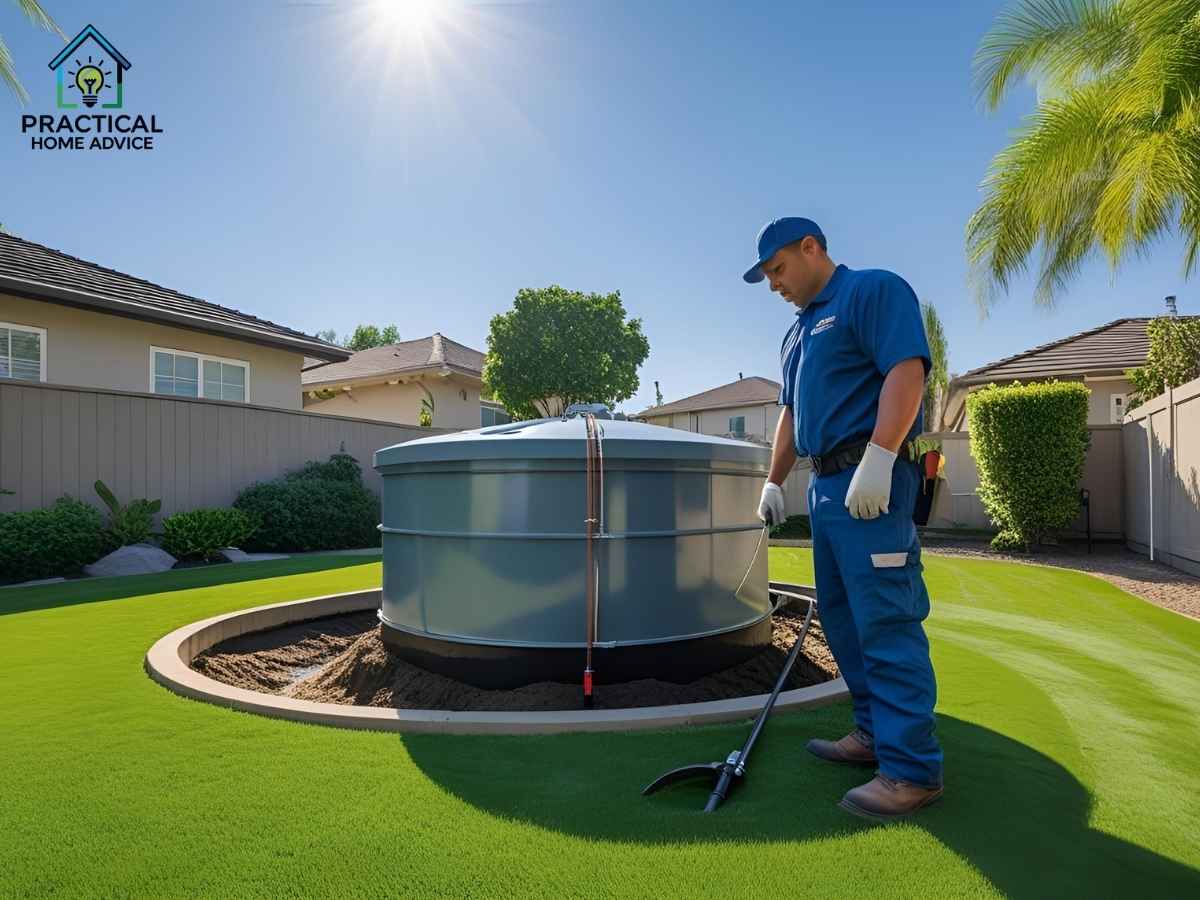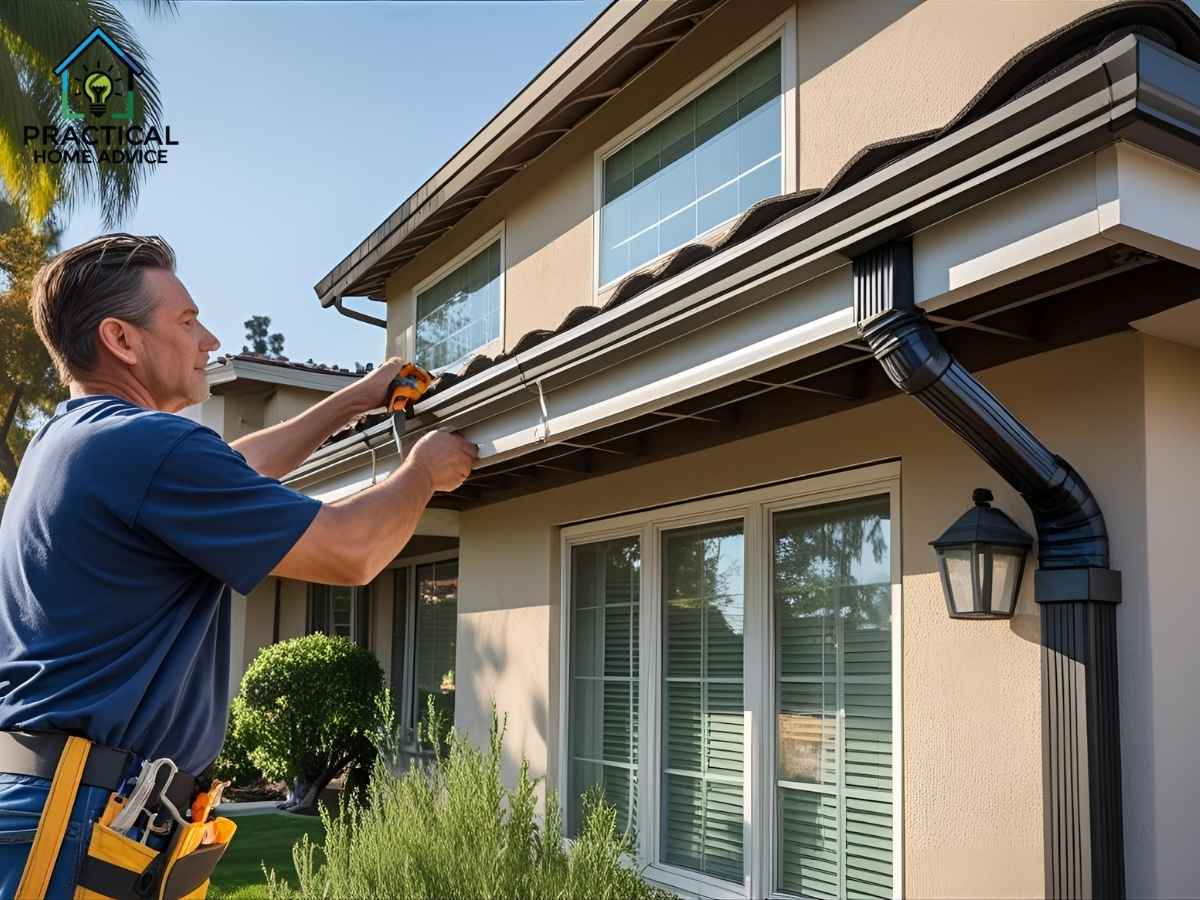Picture this: your family is enjoying a warm evening in your Morgan Hill backyard, the orange glow from the Los Angeles sunset lighting up the San Gabriel Mountains beyond. Suddenly, your security lighting flickers on—a gentle reminder that your home is watched over. Welcome to the peace of mind that comes with expertly installed motion sensors, tailored for LA backyards.
If you’re a homeowner in Morgan Hill or any part of Los Angeles, you know that security, convenience, and smart use of energy are not just buzzwords—they’re everyday needs. This in-depth, hyper-local guide explores the challenges, solutions, and real-world experiences of installing motion sensors in Morgan Hill backyards, helping you make confident decisions for your home.
Table of Contents
Embracing Los Angeles Living: Context and Unique Challenges
Los Angeles isn’t just one of America’s largest cities—it’s a collection of unique neighborhoods, each with distinctive energy, history, and concerns. Morgan Hill, nestled in LA’s northern sprawl (ZIP Code: 91343), is famed for its community spirit, proximity to Sepulveda Basin, and blend of older and new homes.

However, LA residents are no strangers to property crime. In 2022, LA recorded a property crime rate of over 3,400 per 100,000 residents—a number that underscores the need for robust security**.** Combine that with large lots, lush vegetation, and the city’s love of privacy fences, and you get backyards that are both beautiful and, at times, vulnerable.
But security isn’t the only challenge. As drought conditions persist and energy costs fluctuate, homeowners face pressure to maximize efficiency. The Los Angeles Department of Water and Power (LADWP) encourages residents to use lighting solutions that conserve both power and cash. Motion sensors—especially those linked to outdoor lighting—fit the bill perfectly, turning on lights only when needed and helping your landscaping thrive under the stars.
Yet, one size does not fit all. The salty ocean air in neighborhoods like Venice, the urban hustle of Koreatown (90020), and hillside properties in Hollywood Hills (90068) all require slightly different approaches to backyard security.
Here are just a few neighborhood considerations:
- Morgan Hill: Extra wide backyards and tall hedges can create blind spots. Wildlife like raccoons and opossums might trigger poorly positioned sensors.
- Highland Park: Many bungalows have shared alleys, making strategic motion-activated lighting essential by garage doors and walkways.
- Brentwood: Expansive properties benefit from integrating sensors with smart-home systems, especially given the prevalence of pool areas and intricate hardscaping.
Proven Solutions: Bringing Motion Sensor Technology Home
So, what are the best practices for installing motion sensors in your Morgan Hill backyard—and what does the process look like for a Los Angeles local?
1. Assess Your Property
Every yard in LA is unique. Start by walking your property at different times of day—note dark spots, side gates, garage access points, and pathways that see the most movement at night.
- Wide driveways or dual access points may need multiple sensors.
- Garden beds near fences may attract animals—opt for “pet-immune” motion sensors here.
- Tall or uneven landscaping can create zones that standard sensors miss; adjustable and swiveling sensors are best in these cases.
2. Choose the Right Technology
In Los Angeles, choose sensors rated for outdoor use and capable of withstanding year-round sun, moisture, and the occasional Santa Ana wind. Look for these key features:
- Pet immunity: Filters out movement from pets under a certain weight, minimizing false alarms.
- Smart-home compatibility: Integration with platforms like Google Home or Apple HomeKit allows for remote management.
- Bi-level dimming: Good for areas where full darkness isn’t ideal, such as walkways or pool areas. Newer sensors pair with dimmable LEDs, saving energy while maintaining security.
3. Professional Installation Matters
Wiring, calibration, and fine-tuning placement are crucial in achieving both reliability and longevity in your system. A professional knows exactly how to avoid common pitfalls, like sensor overlap or blind spots.
Key points of a great installation:
- Sensors are mounted at a height (6–8 feet) optimal for detection but less prone to accidental damage.
- Zones are set to ignore pets but react to larger movement.
- Option to adjust range and sensitivity, especially for yards bordering public spaces.
4. Consider Local Laws and Permits
While backyard motion sensor installations typically don’t require a major building permit in Los Angeles, integrating them with electrical or lighting systems may. LADWP and LADBS both provide guidelines. (For official rules, visit the LADBS Permit Portal). Stay compliant, avoid headaches!
Real Experiences: Three Local Case Studies
It’s one thing to know your options; it’s another to see how your neighbors have solved similar challenges. Here are three stories from LA’s vibrant communities:
Case Study 1: Morgan Hill Family Finds Peace of Mind
Last summer, the Jiménez family noticed their backyard lights flickering on late at night. After a suspicious incident (thankfully, just a raccoon), they called in ASG Security to install pet-immune motion sensors. Positioning the sensors away from pass-throughs and using logical “zones,” they report no false alarms—and their teenage daughter now feels safe using the backyard studio for early morning online classes.
Case Study 2: Highland Park Bungalow Boosts Safety in Shared Alley
In Highland Park, the Chens’ home backs onto an alley shared with three neighbors. They hired Branover Contractors, who placed motion sensors at each gate and tied the lighting to a smart home hub. Now, any movement in the alley triggers a subtle wash of soft security lighting, discouraging casual visitors and making trash night safer for everyone.
Case Study 3: Brentwood Estate Integrates Smart Security
Brentwood resident Carla McDowell manages a multi-generation household with a pool, fire pit, and lots of foot traffic. She partnered with CSI Security, seeking seamless integration with her smart-home platform. Sensors now activate path lights, security cameras, and even her sprinkler system after dark. The system adapts automatically to sunset times during LA’s long summer days.
Top 3 Motion Sensor Service Providers in Los Angeles
Here are LA’s standout service providers, chosen for local expertise, customer reviews, and smart installation capabilities:
1. CSI Security
Based in Brentwood, CSI Security has served Angelenos for over 30 years. Known for custom-built motion sensor systems, integrated smart-home controls, and rapid armed patrol response, CSI offers same-day installations and real-time monitoring via a single app. Their Virtual Guard Perimeter System combines AI-driven cameras, motion lighting, and 24/7 live guard monitoring—ideal for larger and complex properties.
Website: www.csisecurity.net
2. American Global Security
A veteran provider of armed/unarmed guard patrols and sensor installations, AGS is praised for reliability and professionalism. They emphasize physical presence, GPS-tracked patrols, and traditional alarm systems—best for clients valuing dedicated on-site security with added motion detection.
Website: www.americanglobalsecurity.com

3. Branover Contractors
Based in central LA, Branover specializes in integrating motion sensors and photocell timers, often combining them with energy-efficient LED upgrades. Known for creative problem-solving and expertise with older homes, they have a mobile install team that serves both urban and suburban neighborhoods.
Website: www.branovercontractors.com
Local Tools and Resources Every LA Homeowner Should Know
- LADWP: Find rebates for energy-saving outdoor lighting, and review compliance requirements for large-scale electrical work.
Visit: LADWP Rebates & Guides - LA County Public Safety: Stay updated on property crime trends and neighborhood safety programs, like the “Parks After Dark” initiative that has reduced crime in participating areas.
Visit: LA County Parks Safety - LADBS Permits: For any new wiring, panel upgrades, or projects over $500, always check requirements at the LADBS Permit Portal
- Neighborhood Watch Programs: Many LA neighborhoods run hyper-local security chats and monthly meetings. Joining these can provide tips on sensor placement and support with reports of suspicious activity.
Commonly Asked Questions Answered
Where should outdoor motion sensors be installed for best results in Morgan Hill backyards?
Install sensors at entry points, along pathways, and in dark corners—typically at 6–8 feet high, away from high-traffic animal zones. For large lots, use multiple zones and overlap for seamless coverage.
Does Los Angeles require permits for outdoor motion sensor installations?
Basic, battery-powered motion sensors generally do not need a permit. For wired installations or those integrated with outdoor lighting, check with LADBS—especially for projects over $500 or involving new electrical lines.
What’s the best way to avoid false alarms caused by pets or wildlife in LA neighborhoods?
Choose sensors with “pet-immune” features, install above pet height, and calibrate for desired sensitivity. Strategic placement away from low shrubs and fences helps too.
Can motion sensors help reduce energy bills for LA homeowners?
Yes. Motion-activated lighting conserves energy by ensuring your backyard isn’t lit when it’s not in use. Check for LADWP rebates for energy-saving upgrades.
How do I find a reliable motion sensor installer in Los Angeles?
Look for companies with strong local reviews, direct experience in your neighborhood, and proper state licensing. The top three providers listed above are a great starting point.


